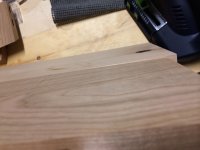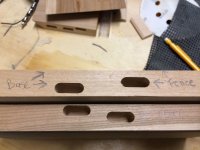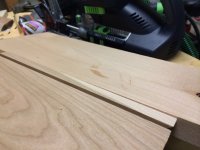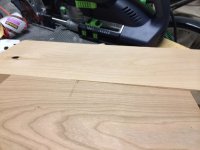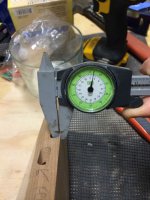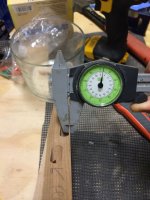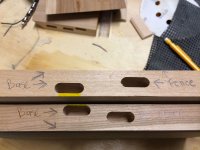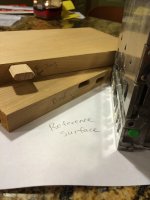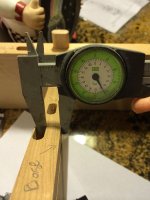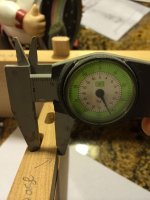LOCOMOTIVE
Member
- Joined
- Feb 9, 2014
- Messages
- 3
Looking for help! I have had my Domino XL for a couple months now, and everday find something new to use it for - the problem is from day 1 it has seem to cut crooked... The left side of the cut is always a hair lower than the right end, and the hole even dips down at left edge, and up on the right edge. So when you insert the domino, and put the two pieces together you have to twist the two pieces to be joined for them to be flush.
So browsing the internet for a solution, I have thought it to be operator error, and have tried numerous times to correct it, built jigs to help with holding product, slowed down, sped up, distributed weight,etc.... I am starting to doubt it being operating erorr at this point... My only way around this is to sand my tenon material down, which is a stupid work-around....
First, should the domino cut be straight and parallel to the top surface?
Second, should the cut be perfectly linear, or should the bit dip on one end and rise on the other (I can't seem to find any closeups of a cut from another machine to verify)?
Third, is Festool proactive is fixing this issue, or has anyone else had problems??
Big $$$ for no owner adjustability. I am trying to put this into a daily production machine, not just a once and a while tool, but it is driving me nuts!
So browsing the internet for a solution, I have thought it to be operator error, and have tried numerous times to correct it, built jigs to help with holding product, slowed down, sped up, distributed weight,etc.... I am starting to doubt it being operating erorr at this point... My only way around this is to sand my tenon material down, which is a stupid work-around....
First, should the domino cut be straight and parallel to the top surface?
Second, should the cut be perfectly linear, or should the bit dip on one end and rise on the other (I can't seem to find any closeups of a cut from another machine to verify)?
Third, is Festool proactive is fixing this issue, or has anyone else had problems??
Big $$$ for no owner adjustability. I am trying to put this into a daily production machine, not just a once and a while tool, but it is driving me nuts!

